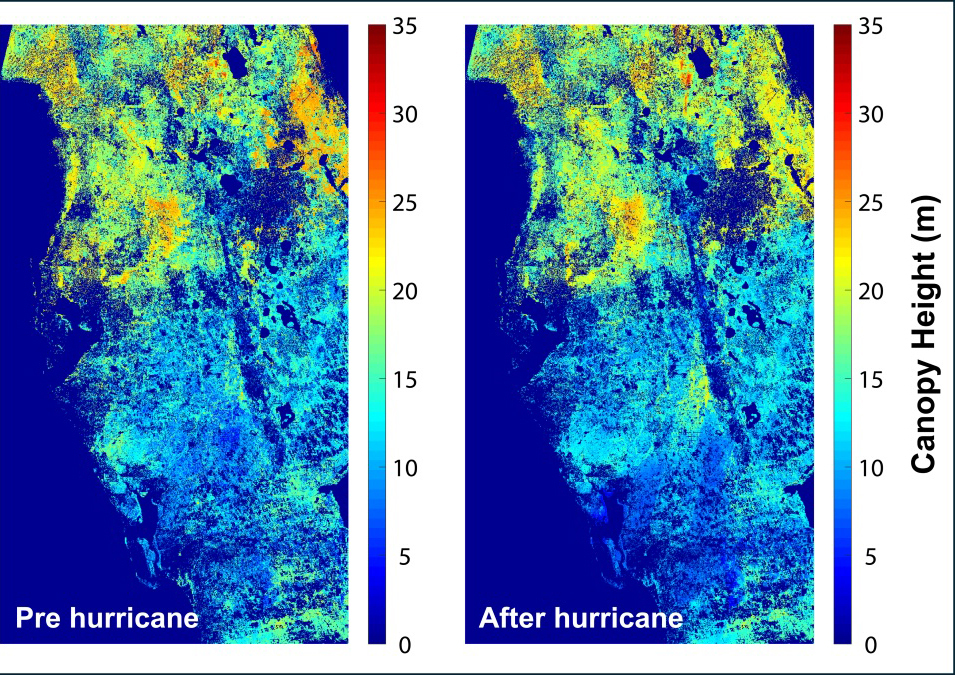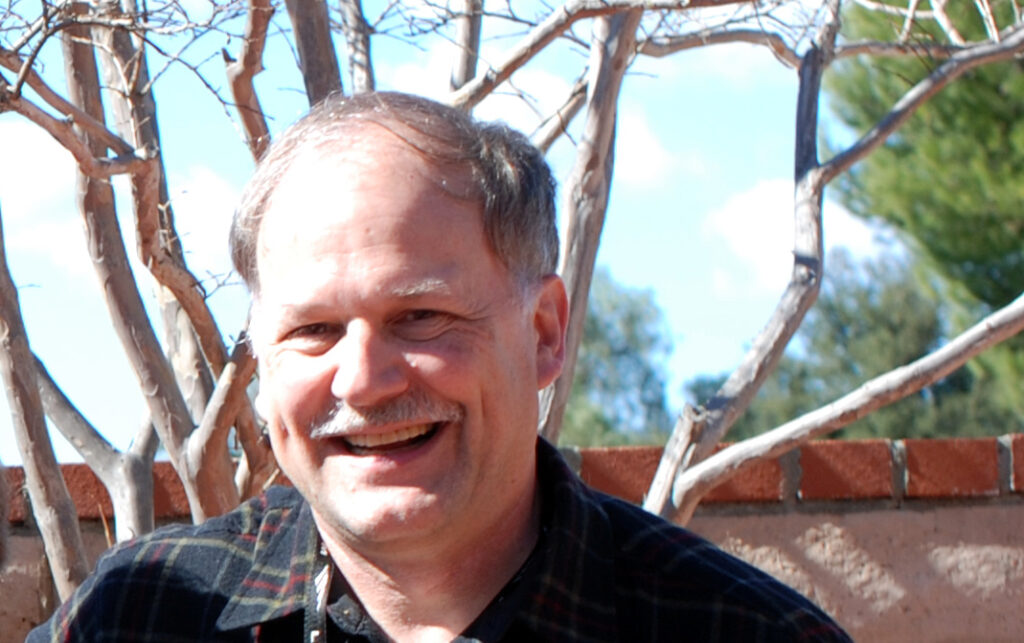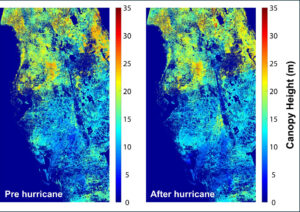- On Nov. 18 USGS suspended Landsat 5 imaging activities in order to explore options for restoring satellite-to-ground image transmissions. It remains to be seen if there is any hope of salvaging the rapidly degrading electronic component of the transmitter. Landsat Science Team Member Rick Allen from the University of Idaho salutes the venerable Landsat 5 with a poem:
Landsat 5 – Thematic Mapper
The Earth is not the same today.
She no longer feels the watchful gaze of her longtime, cherished friend, Landsat 5 Thematic Mapper.
Landsat 5 who, these 27 years, tirelessly absorbed photon after photon and detail after detail of each available glimpse of starship Earth’s changing features.
Like a loving mother watching every movement of her tender young, cherishing each new change, each particle of growth, each movement.
Like a Mother hen who visually clucks after her chicks, who, for L5-TM, are scattered across continents and across folds of disparate terrain formations.
She watched each Nebraska field after field after field being scratched by the cornhusker’s plow.
She watched the Idaho center pivots metering precious water drops, transforming sunlight into golden potatoes.
She watched each acre of forest cleared along the Amazon stream; She watched spots of brown grow from small points along small pathways into large fibrous channels absent of forest green, like a cancer being mapped by tomography.
Her hawkish eyes watched treelines inch their way up north slopes of the high Montana mountains as land temperature rose.
She watched Matanuska Glacier slowly give up her low-lying cover of Alaskan rock.
She watched small and giant cubes of ice break away from mother Antarctica and float toward new destines.
She watched Saharan bush around each small African village recede further with each new birth of a human baby and with each migration of forlorn farmer fleeing a hardening drought.
She showed us the beautiful swirling white clouds of Katrina and the dark blue flooding waters on Bourbon Street.
An Earth-scope, she continually magnified each point on Earth. Like Hubble, she captured those breath-taking, glorious, colorful, geometric designs of spontaneous, chaotic, exuberant nature.
She saw dark shades of green transition to light shades of brown with each 30 meter distance from the coveted watercourse in Sri Lanka. She could almost hear the arguments between the strong along the water source and the deprived and weaker some distance away.
She watched the pinyon pine on the Utah highlands fend off the competitive, stealthy juniper.
She watched the southern pine forest of Alabama silently scrub carbon from the air.
She watched the green trees of Maryland transition into grey parking lots of super-centers and expressways.
And her thermal eye. My how she could scan the Earth for those items invisible to her human makers—the trail of heated fires pushed up Malibu ravines by the ocean wind.
The mounded glow of volcano Mount St. Helens. She was so patient to view again and again its slow progression.
The cold disks of corn above the Ogallala aquifer, whose cooling evaporation ebbed and flowed year to year with declining groundwater, changing markets and human policy.
Those cool ribbons of riparian willow along the Wyoming brook, revealing the silent extraction of liquid from the dwindling stream, given away by their unabashed coolness.
She saw so much.
LS5-TM’s demise is something like when Churchill died. He was old, and his death expected, but he was still the persona and warrior, his leadership and vision permeated the air, even in death.
Like him, L5-TM is old, long holding strong and true past what was projected for her, still wearing the persona of a dependable, focused, caring eye. Still the workhorse, still the Earth-scope, still the Earth-hawk, still the queen of Earth-watching.
The Earth is not the same today.
It no longer feels the watchful gaze of its longtime, cherished friend, Landsat 5 Thematic Mapper.
More information on Landsat 5:
+ Landsat 5 Mission in Jeopardy






